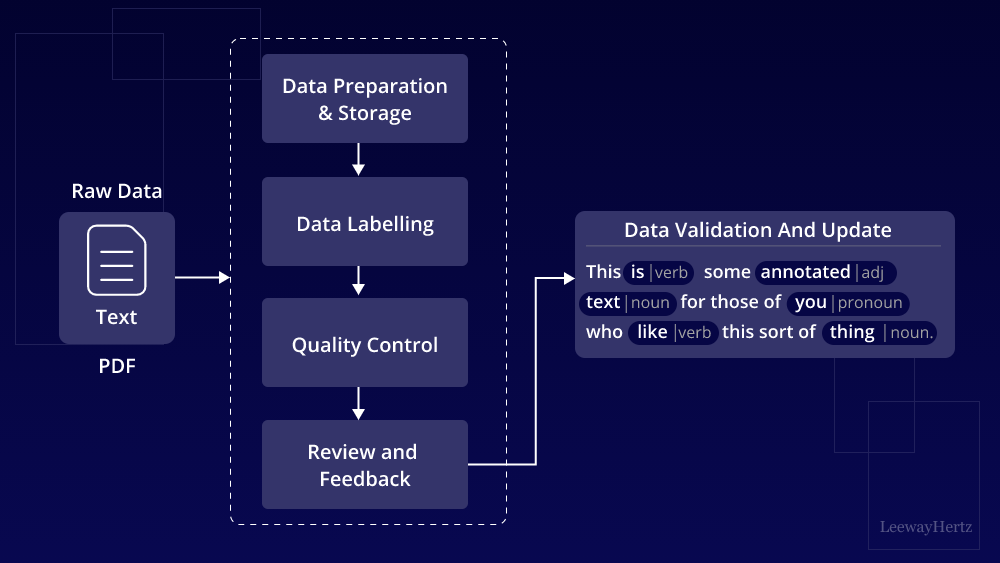Exploring Emerging Opportunities in the Data Annotation Tools Market

One of the most significant and rapidly expanding of all Data Annotation Tools Market Opportunities lies in the creation of highly specialized, vertical-specific annotation platforms. The needs of a radiologist labeling a medical image are vastly different from those of a data scientist labeling sensor data for an autonomous vehicle. As the adoption of AI matures within specific industries, the demand for generic, one-size-fits-all annotation tools is being replaced by a need for solutions that are deeply tailored to the unique workflows, data formats, and regulatory requirements of each vertical. This creates a massive opportunity for vendors to build deep domain expertise and develop specialized platforms. For example, a medical imaging annotation tool could offer native DICOM support, integration with hospital PACS systems, and features that comply with HIPAA regulations. A tool for the legal industry could specialize in annotating complex legal contracts for e-discovery and contract analysis. By focusing on these high-value, niche applications, providers can build a strong competitive moat, command premium pricing, and become an indispensable part of their customers' core operations.
Another profound opportunity is emerging from the rise of MLOps (Machine Learning Operations) and the need to integrate data annotation into a continuous, automated, and end-to-end AI lifecycle. Data annotation is not a one-time task; it is a continuous process. As AI models are deployed in the real world, they constantly encounter new data and edge cases where they fail. This creates a powerful opportunity for annotation platforms to move beyond being a pre-processing tool and to become a central part of a continuous learning and improvement loop. This involves creating "active learning" pipelines where a production model can automatically flag its most uncertain predictions and feed them back to the annotation platform for human review and labeling. This newly labeled data is then used to automatically retrain and improve the model. By offering tight, API-driven integrations with the broader MLOps ecosystem—including data storage, model training frameworks, and model monitoring tools—annotation platforms can position themselves as the critical "human-in-the-loop" component of a fully automated, self-improving AI system.
A third, highly strategic opportunity is found in the burgeoning field of synthetic data generation and its integration with annotation tools. One of the biggest bottlenecks in AI development is acquiring and labeling sufficient data, especially for rare events or edge cases (e.g., an accident scene for a self-driving car). Synthetic data—photorealistic, computer-generated data that is perfectly and automatically labeled—offers a powerful solution to this problem. This creates a huge opportunity for data annotation platform providers to integrate synthetic data generation capabilities directly into their offerings. A platform could allow a user to not only label real-world data but also to procedurally generate vast quantities of new, synthetic data with specific variations (e.g., different weather conditions, lighting, or object placements). This can be used to augment real-world datasets, to address class imbalance, and to test the robustness of a model against a much wider range of scenarios than would be possible with real data alone. By becoming a hybrid platform for both real and synthetic data, annotation tools can dramatically accelerate the AI development process and add another powerful layer to their value proposition.
- Art
- Crafts
- Dance
- Wellness
- Movie & Television
- Adult Entertainment
- Fitness
- Food
- Spellen
- Gardening
- Health
- Home
- Literature
- Music
- Business & Finance
- Religion
- Shopping
- Sports
- Theater
- Drinks
- Other



